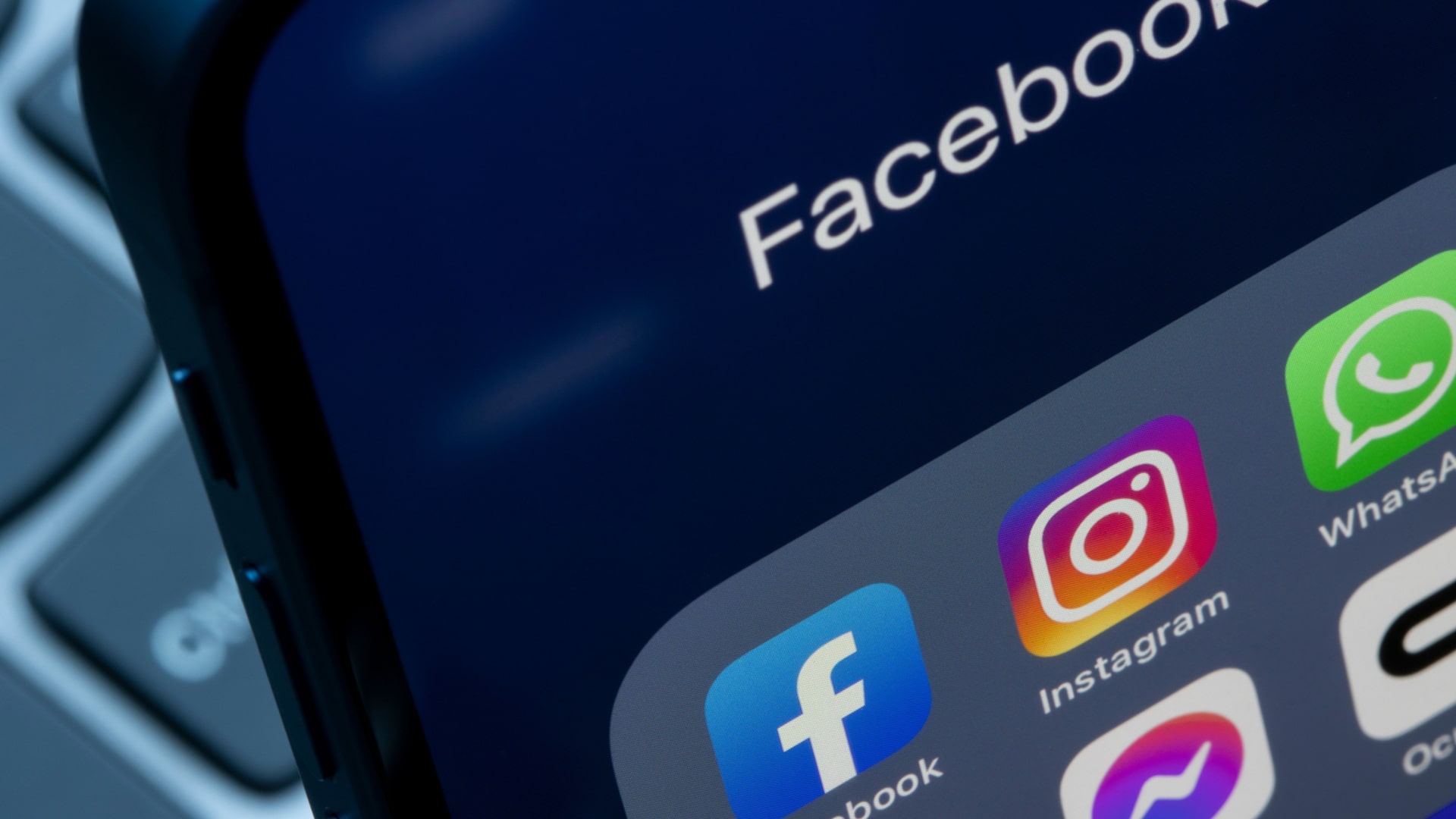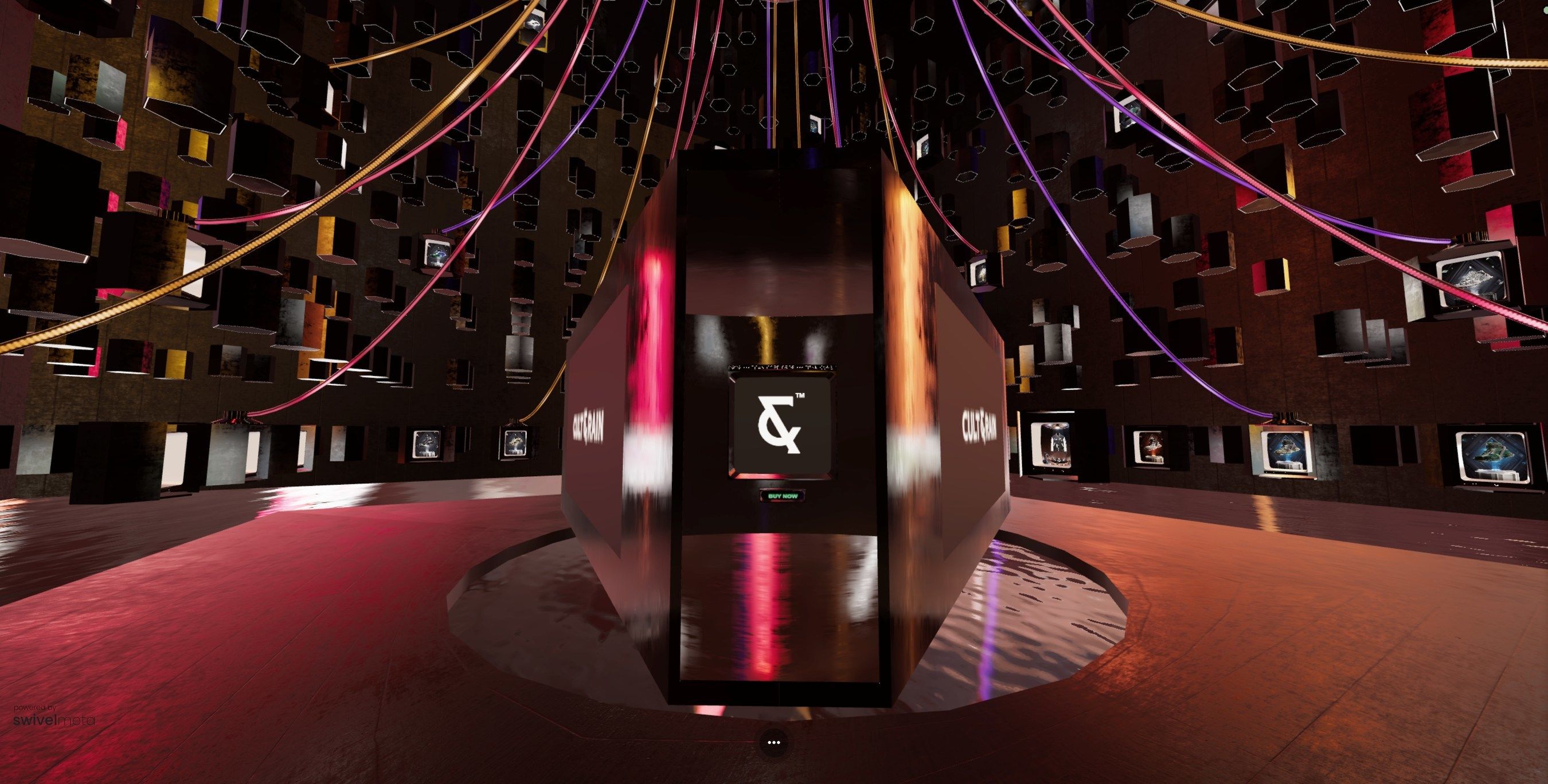Winnebago faces more challenges than how to turn around a big decline in recreational-vehicle sales that cut industry shipments from manufacturers to retailers by 37 percent last year and confronting a shakier economy—even as sales have turned up somewhat in 2024 in advance of a Labor Day weekend that is always huge for RVers.
The big motor-home and camper brand based in Forest City, Iowa, is also trying to improve the user and customer experience with vehicles that can be complicated to operate, and where apps and other widespread forms of digital help are only beginning to appear.
“The RV industry is 20 years behind the automotive industry” in digital advancements meant to help users, Kim Weckert, vice president of digital transformation for Winnebago, tells Chief Executive. “These things have been in place in that industry and in other areas. So our focus has been on our experience and how technology enables those experiences.”
To that end, Weckert has spent nearly four years developing a new technology platform, Winnebago Connect, that marks the brand’s first custom software-development effort. The new platform proactively monitors and controls all on-board RV systems according to user preferences, and Winnebago is billing it as the only product on the RV market that achieves this integration through a single platform.
Winnebago Connect allows users to program light brightness and colors to change throughout the day based on sleeping and work preferences, adjusts HVAC systems to optimize comfort, monitors and adjusts energy consumption among the many power-hogging users on an RV ranging from coffee makers to tank heaters, automatically retracts awnings when it’s windy and, among other functions, can send more than 100 real-time alerts concerning key systems such as battery life and solar-energy generation.
The system, for instance, also opens vents to let in fresh air if the temperature inside the RV hits pre-set parameters, before activating the air conditioning. There are over-the-air software updates as well. For subscription-style premiums, Winnebago Connect also will perform services such as extensive data streaming.
Weckert says the time is optimal for Winnebago to unveil this aspect of its digital transformation, because RV-customer demographics—and digital expectations—have changed.
“Pre-Covid, the average age of our buyers was 62, but post-Covid, a younger demographic that has emerged rapidly, in their mid-30s,” Weckert says. “All of a sudden, the expectation of our customers to think digitally was much different. So we started to look at what that means in the RV industry.”
While the traditional boomer generation of RV buyers and users has been used to looking at thick paper owners’ manuals for ways to keep track of all the functions in a vehicle that is essentially a rolling little house, Weckert says, “We’ve made things quick, easy and convenient, including help with troubleshooting.” Winnebago has produced lots of YouTube videos to help, accessing what has become the most popular form of online instruction.
At the same time, Weckert says, Winnebago found that its expanding cohort of buyers “is more afraid of systems” that keep an RV functional than traditional buyers are: heating, lighting and so on, not to mention the vehicle’s propulsion system. “That created anxiety for them. These systems can be complicated and hard to understand.” Younger women specifically “were coming aboard creating more anxiety about how to manage those kinds of systems and anticipate those kinds of needs.”
Younger Winnebago buyers, Weckert explains, were joining the brand “expecting a connected home. They were used to a connected home.
“So we wanted to create this intelligent and intuitive way to make it easy for customers to interact with the coach. That started to unlock all sorts of capabilities for us and our customers.”
But a key for Winnebago is to get feedback from customers as it begins to put Connect into models such as its all-new View and Navion models. “It’s care and feeding, and it needs to continually evolve,” Weckert says. “We put this forth as a minimum viable product, and we’ll get insights from customers, have rallies, put people in [models with Connect] and get feedback in a continuous loop. We need to engage customers to make sure it meets their expectations.”
























































![Key Metrics for Social Media Marketing [Infographic] Key Metrics for Social Media Marketing [Infographic]](https://www.socialmediatoday.com/imgproxy/nP1lliSbrTbUmhFV6RdAz9qJZFvsstq3IG6orLUMMls/g:ce/rs:fit:770:435/bG9jYWw6Ly8vZGl2ZWltYWdlL3NvY2lhbF9tZWRpYV9yb2lfaW5vZ3JhcGhpYzIucG5n.webp)


















